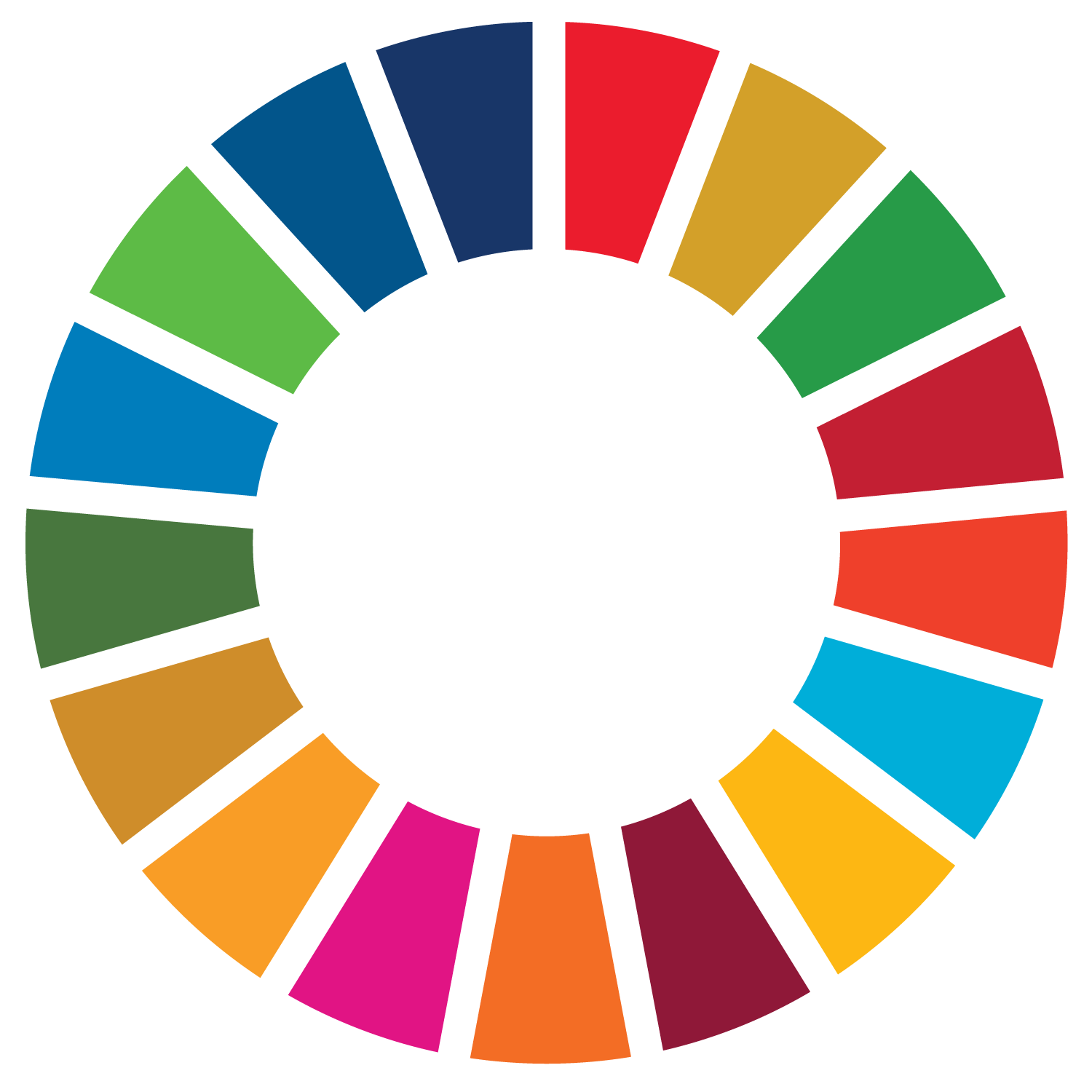©Unsplah: Iwaria Inc.
- March 7, 2025
Gender mainstreaming is a key focus for the UNEP-DHI Centre, particularly in its efforts to support global integrated water resources management (IWRM) implementation. In collaboration with the Global Water Partnership and UN-Women, the Centre played a leading role in developing this Policy Note—an urgent call to action for water management and gender mainstreaming practitioners. Currently, the global average score for gender mainstreaming in water resource management stands at 58%, with a goal of reaching 90–100% by 2030. Only 27% of countries report having achieved gender objectives in their national water management frameworks. With just five years remaining to meet SDG 5 (gender equality) and SDG 6 (water and sanitation), accelerating progress is crucial. Gender mainstreaming is essential for the successful implementation of IWRM. How can countries and communities work together to advance both SDG 5 and SDG 6?
Seven key enablers were identified in the Policy Note as pathways for progress:
- Advocacy, commitment, and political will: Strong commitments to gender mainstreaming from executive leadership at the national level.
- Legislative and governance mechanisms: Integration of gender into water laws, policies, and strategies.
- Human capital and financial resources: Allocation of earmarked funding and human resources for gender mainstreaming.
- Effective participation and parity: Supportive frameworks for effective participation and parity of women in the development and implementation of policies, programmes, and projects.
- Monitoring systems to track and assess progress: Establishment of systems designed with gender-responsive indicators to collect sex-disaggregated and intersectional data.
- Awareness raising, capacity development, and education: Investment in education, awareness-raising, and capacity development for women in decision-making.
- Multi-stakeholder, intersectional coordination mechanisms and bodies: Formation of multi-stakeholder and intersectoral coordination mechanisms on gender across climate, environment, water and related sectors.
Way Forward
Countries from all around the world are highlighted in this Policy Note for their successful and exemplary actions in progressing gender mainstreaming in each of the seven enablers. These enablers, country examples, key messages and Policy Note on gender in water resources management are meant to assist and urge political leaders around the world to accelerate their progress on gender equality across water resources management. To achieve both SDG 5 and SDG 6 gender norms will need to be transformed, and stereotypes eradicated through cultural and behavioral change. Institutions responsible for water, environment, and climate must mainstream gender within their work, supported by national gender equality institutions. This approach will lead to more inclusive decision-making and enhance resilience to the triple planetary crisis (climate change, pollution and biodiversity loss).
To learn more about Gender Equality mainstreaming progress in SDG 6.5.1 read the Policy Note below:
Share this post
UNEP DHI Partnership – Centre on Water and Environment
Agern Allé 5, 2970 Denmark
Tel: +45 45169200
